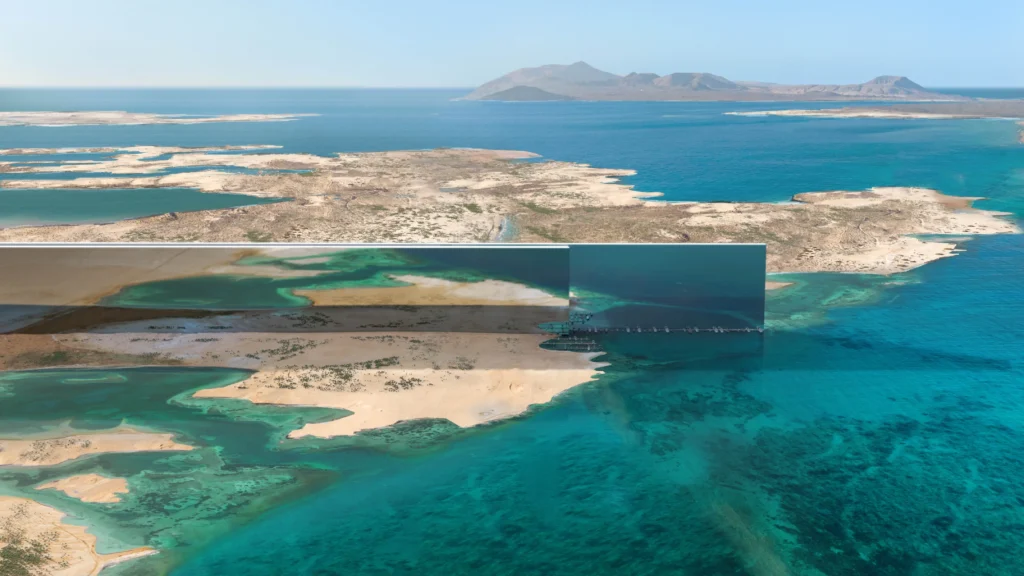In the wake of the pandemic, Saudi Arabia has become a hotbed for public art projects, biennials, and events like Desert X, attracting renowned curators such as Iwona Blazwick, Phil Tinari, Neville Wakefield, and Ute Meta Bauer. A new book by Rebecca Anne Proctor and Alia Al-Senussi delves into this burgeoning art scene, offering insights into the changes taking place.
At the core of this transformation is Saudi Crown Prince Mohammed bin Salman bin Abdulaziz’s Vision 2030 reform agenda. Known as MBS, the Crown Prince aims to diversify the country’s economy and society away from its reliance on oil by investing in sports, arts, and other appealing sectors. While MBS is a controversial figure, particularly for his involvement in human rights abuses, this book presents him as a driving force for cultural and economic modernization in Saudi Arabia.

One of MBS’s ambitious projects is The Line, a 170km-long linear city designed to foster freedom and innovation. This concept draws comparisons to the Italian collective Superstudio’s Continuous Monument, which critiqued the monotony of capitalism. However, in Saudi Arabia, The Line symbolizes a new era of progress and openness.
The authors of the book highlight the irony in Western criticisms of Saudi Arabia’s art policies. These criticisms often ignore the fact that many Western institutions also treat art as an investment, particularly in times of financial austerity.
However, the book has its limitations. It does not fully represent the voices of those opposed to the Vision 2030 scheme. While dissent is occasionally acknowledged, it is not given a significant platform. Instead, the book features anonymous critiques from Art Basel and commentary from curators already working within the Saudi framework.
A comparative study within the book looks at regional competitors like Qatar and the United Arab Emirates, ultimately concluding that Saudi Arabia is distinct due to its focus on local artists and cultural resources. However, the brief chapter on Saudi’s contemporary art history does not provide enough depth to substantiate this claim fully.
Despite its shortcomings, this publication provides a glimpse into the evolving art scene in Saudi Arabia, though it falls short of academic rigor expected from a series under the auspices of the Sotheby’s Institute of Art.
Art in Saudi Arabia: A New Creative Economy? by Rebecca Anne Proctor with Alia Al-Senussi. Lund Humphries in association with Sotheby’s Institute of Art, £19.99 (hardcover).
